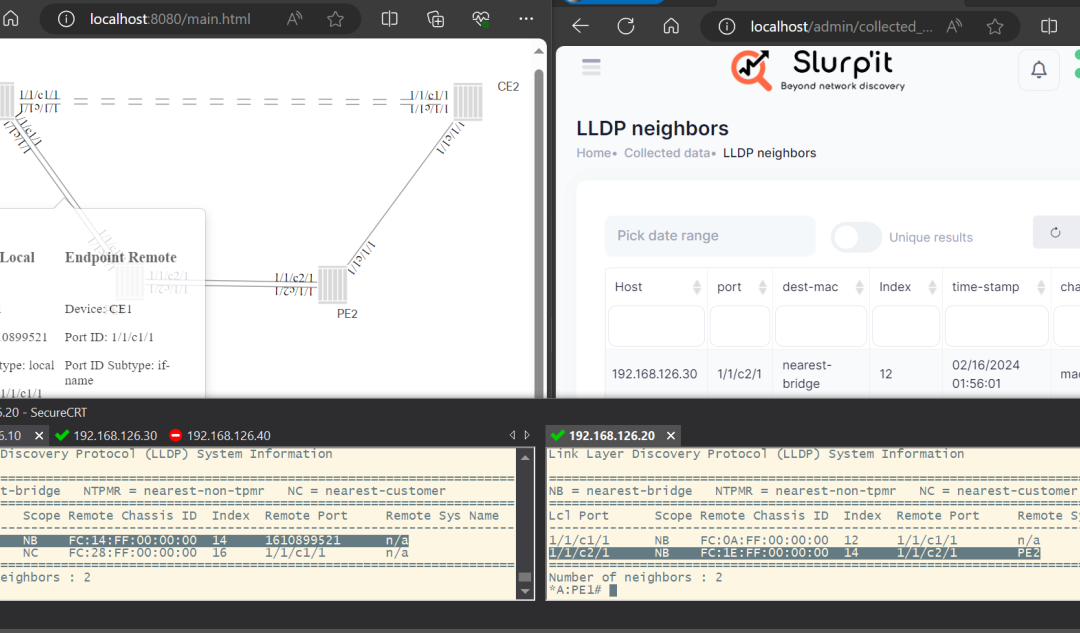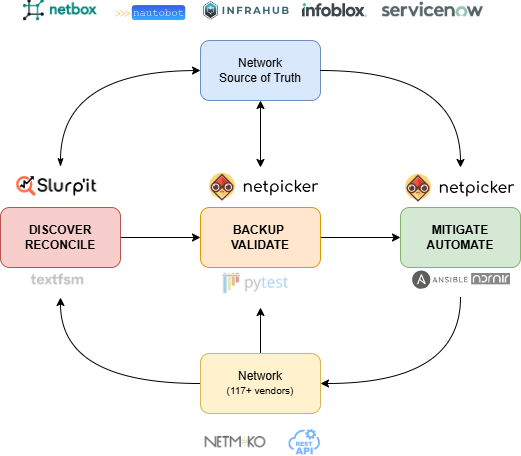Can artificial intelligence protect you from digital threats? Well, we have a lot to share. But let’s get into the core first.
Network security is important. Reason being, the devices now are connected, we are all into cloud services, and the work arrangements are remote. And because of all this the attack surface for cyber threats have also expanded much.
Organisations across the globe are now more concerned than ever about cybercrimes. And it’s understandable. The massive amount of data is at stake, that’s why robust network security gets important – whether it’s small businesses, government agencies, or for individuals alike.
Can AI be of any help here in network security?
Certainly yes, through AI-driven behavioural analytics.
What is AI-driven behavioural Analytics?
AI-driven behavioural analytics is a modern, infact a cutting-edge approach to network security. This approach leverages both AI and MP to detect and respond to threats, all in real-time. If looked into the traditional approach, it was more about relying on static rules and signatures to identify threats in network security.
But over here, the approach is more dynamic and proactive. AI driven behavioural analytics approach analyses patterns of behaviours within the network. It then identifies anomalous activity that may show any breach signal.
Since the learning here is continuous, AI driven behavioural analytics has become a powerful tool for defending against a wide range of cyber threats.
Now, what are anomalies in network security?
When it comes to network security, anomalies are deviations from normal patterns of behaviour within a network. These deviations often take many forms. Some popular ones being unusual spikes in network traffic, unauthorised access attempts, changes in configuration, or any other random suspicious user behaviour.
Once the anomalies are detected, the tool can further prevent data breaches or other security incidents.
Examples of anomalies in network security
Here are a few examples of anomalies in a network environment:
- A sudden increase in outbound network traffic from any specific user or device
- A suspicious unauthorised user trying to get access to sensitive files or systems
- Changes in user behaviour, like unusual login times or access patterns
Above are just a few examples of the types of anomalies that organisations out there often encounter.
How AI-driven behavioural analytics work in network security?
AI driven behavioural analytics analyses behaviour within a network. It establishes baseline profiles of normal behaviour for users, devices, and applications. Then it detects deviations from these baselines that may indicate any suspicious activity.
Since proactive approach is taken here, it further allows organisations to identify and respond to security threats. All of this reduces the risk of data breaches and other security incidents.
The traditional rule based system completely relied on predefined rules or signatures for identifying threats. However, AI driven behavioural analytics takes a more adaptive and dynamic approach to security.
It doesn’t rely on static rules, instead analyses patterns of behaviour within a network. This helps organisations to detect and respond to threats more effectively. The risk of false positives decreases and the overall security posture improves.
Benefits of AI-driven behavioural analytics
- Early threat detection
- Reduced false positives
- Quick adaption to emerging threats
- Detailed analysis of network performance and profiles
All in all, behavioural analytics helps organizations stay a step ahead of attackers. It allows them to respond proactively before any issues escalate. And with this insights offered, they can even check out their network behaviour performance, in real-time, quickly.
Here’s how these tools work:
Data Collection
Initially, AI-driven behavioural analytics tool collects data from various sources. The collection is fine within the networks, like tags, traffic patterns, and user activities. This data further provides raw intelligence to analyse behavioural patterns for threat identification.
Creation of Behavioral Profiles
Next, the tool, after data collection users the information to establish baseline profiles. The profiles contains normal behaviour of users, devices, and applications. Further these profiles are used a reference point for identifying deviations (both malicious and suspicious).
Real-time Monitoring
Keeping baseline profiles as reference, AI-driven behavioural analytics continually monitor network activity. It compares observed behavior to established baselines. If any deviation gets detected, the anomalies are flagged for further investigation and remediation.
To Wrap Up
AI-driven behavioural analytics continually learn and adapt to threats. It analyses new data and incorporates feedback from security analysts, if any. It also updates baselines profiles and detection parameters in real-time, so that the organization stay a step ahead of attackers, all the time!



